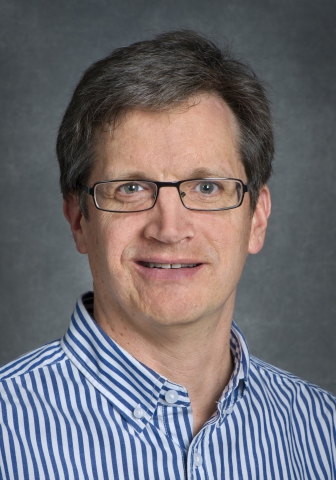The past decade has brought with it sweeping changes to energy in the United States. State and National policies have opened the door for alternative energy. Advancements in solar, wind, advanced energy storage, and electric vehicles are making a cleaner, renewable energy future more than just a pipe dream. The importance of this change for the economy and the environment is why energy plays a central role in the curriculum at Bard Center for Environmental Policy (CEP).
Students in Bard’s environmental policy and climate science and policy programs focus on energy as part of a modular course structure. Coursework in advanced statistical methods, econometrics, law, and Geographic Information Systems (GIS), provide exposure to the tools and analytical techniques used in the energy and policy fields. “The Environmental Policy program at Bard has been a large part of my career success. The program provided me with a broad understanding of the legal and regulatory framework driving U.S. environmental policy, as well as its scientific and economic underpinnings,” said Tim Treadwell ‘07, an alumni of Bard CEP.
Treadwell is now Director of Engineering, Research and Analysis for the Center for Sustainable Energy, an energy-focused non-profit based in San Diego, CA. He leads a team of research analysts and energy engineers working on a broad array of analytical projects ranging from developing data visualizations of market activity to conducting in-depth engineering studies. While at Bard, he completed an internship at a New York City-based energy services start-up. This led him to examine the effect of retail electricity deregulation on an effected market’s greenhouse gas emissions profile as a thesis topic.
Ben Hoen ’06 also completed his M.S. in Environmental Policy at Bard CEP and is now a Staff Research Associate at Lawrence Berkeley National Laboratory. “[When I was at Bard,] the wind industry was just beginning to grow, but was struggling with seemingly large issues that had not been well studied,” said Hoen. “I thought researching these things might be really fun. Bard’s environmental policy program allowed me to develop a research topic and focus my studies on that topic.” Hoen’s thesis studied the effects that wind turbines in Madison County, NY have on the values on nearby homes.

Hoen’s work now is focused on trying to understand and measure the relationship between renewable energy—both wind and solar—and the public. “This involves using real estate as a proxy for public acceptance, but also involves survey work to gauge, for example, levels of support, opposition, disturbance regarding nearby turbines,” said Hoen. He also looks at solar’s impact on real estate more generally as well as how solar homes can be appropriately valued and marketed to buyers. Technology innovation is providing customers an opportunity to participate in markets in ways that have never before been possible. Changes to the energy sector are creating new and exciting business models and policy changes leading to collaboration opportunities for CEP graduates from different years on opposite sides on the country. Treadwell and Hoen’s organizations are currently working together to understand the shifts and opportunities in national renewable energy markets.
While widespread renewable energy adoption continues to face challenges, according to Treadwell, “I gain hope from the growing acceptance of the [energy and climate] risks we face. This recognition, combined with appropriately structured economic incentives, has the power to enable individuals to contribute to the massive changes we need to make to our economy.” Hoen adds, “I couldn’t get up in the morning without the hope I have for our planet. There are a lot of very bright people working on solving our world’s environmental problems [combining with] a lot of monetary investment. Even though [humanity] is a little late to the party, I believe we are learning the ways to live on this planet with minimal impact.“

